
As a young girl, I played guerilla warfare with my five brothers in the arroyos and vacant lots of our Tucson neighborhood. A playmate and I were enamored with detailed toy horses and even pretended that we were horses, practicing different ‘gaits’ in the desert barefoot, so we could harden our ‘hooves’.
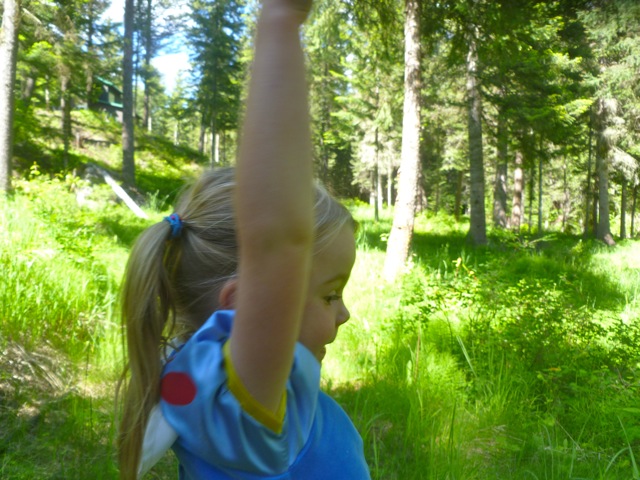
My girls, raised in the 80’s, played with dolls till they were nine years old. Our Fisher Price doctor kit was used continually, with simple homemade costumes and willing patients. The back yard was turned into a primitive village for a few weeks, a complete girl’s house plus one for the boys, including kitchens and bathrooms. The boys got in trouble when they took part of that too literally.
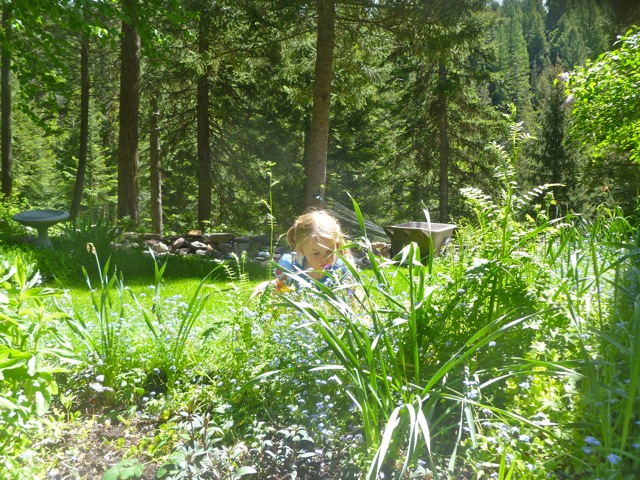
All this because I read widely to them every night, and was too busy working half days from my home office to meddle much.

They constructed a large houseboat out of spools and planks I had scrounged after taking a boat ride on Lake Powell.
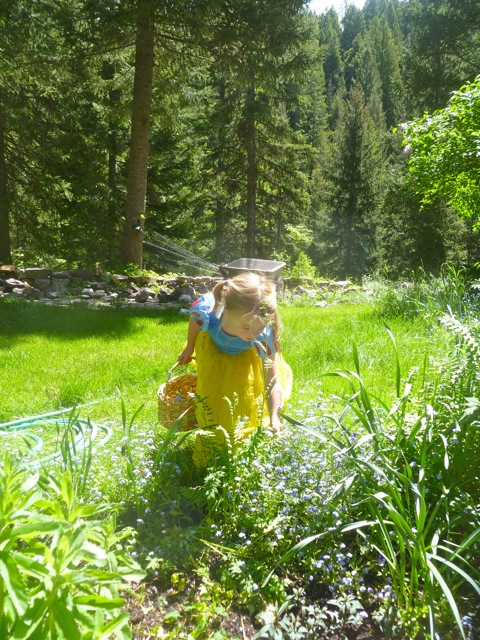
Their favorite was a club created in our attic after we had an attic ladder installed. They added carpet scraps, signs, rules, and spent winter days up there in full colonial costume.
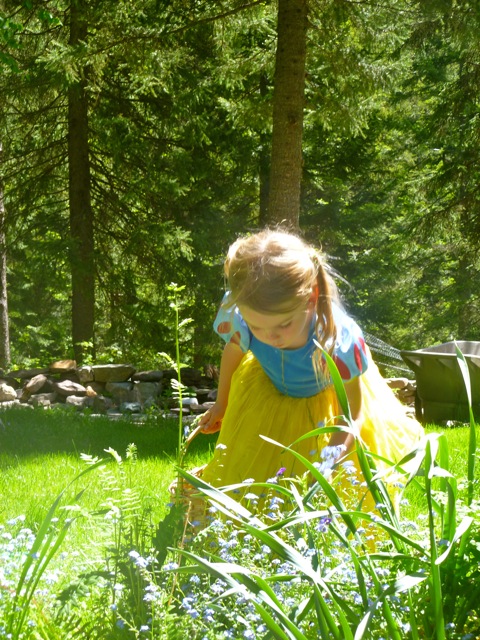
How much should children play?
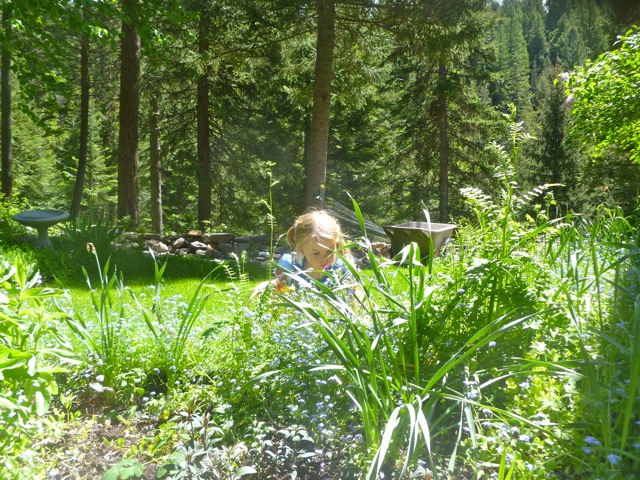
All this because I read widely to them every night, and was too busy working half days from my home office to meddle much.
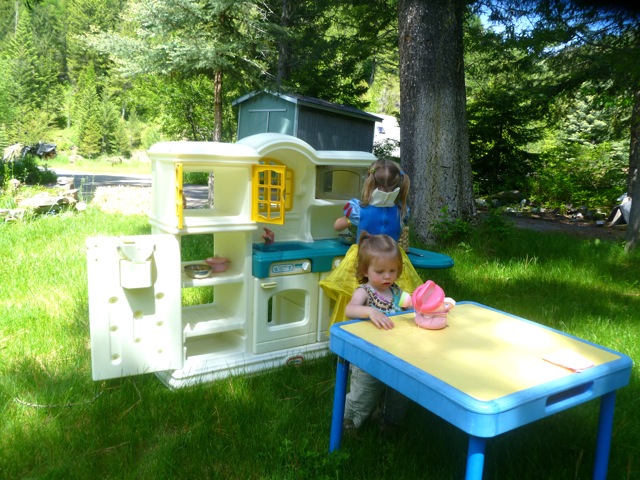
As you watch your children play, what toys do you find that have less bells and whistles and encourage creative play? I’d love to hear from you since I have three new grandchildren two and under!
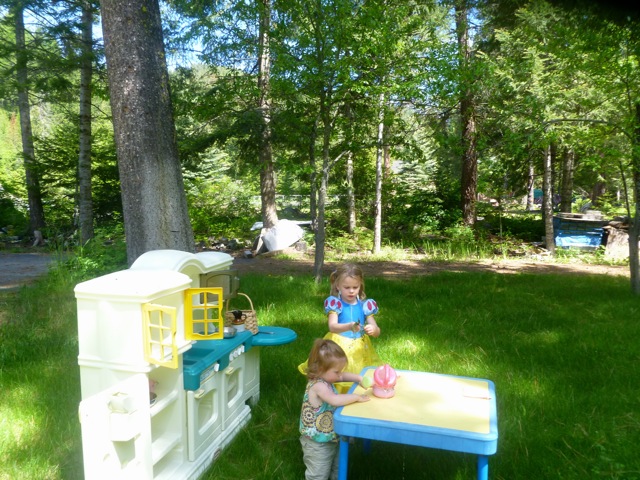
If it’s trueasresearcherstell us that imaginative play allows children to make their own rules and practice self-control, what can parents do to augment the benefits of truly creative play?
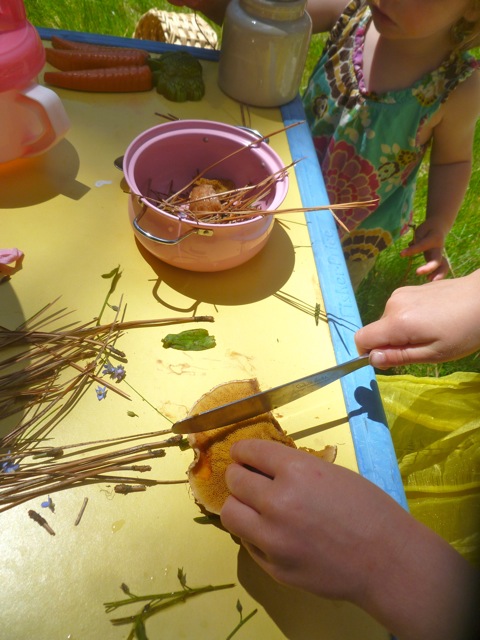
What we do know is that children entering school now will be retiring in 2065. We can barely recall how life was like 5 years ago, much less five years from now.
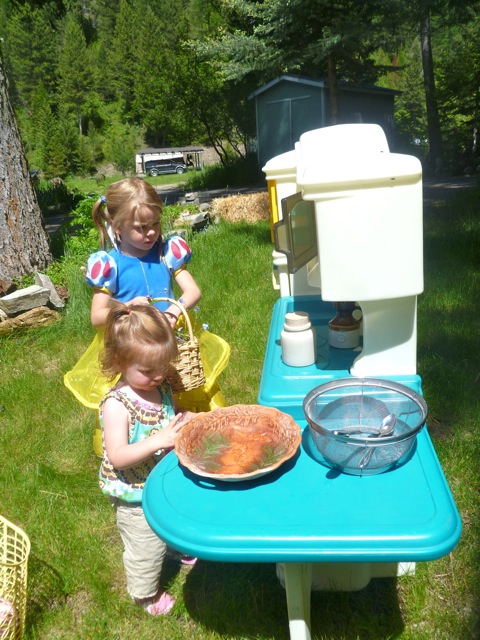
Indoors and outdoors, children need large blocks of time for playaccording toJill Englebright Fox, Ph.DResearchers Christie and Wardle (1992), found that large blocks of time of 30-60 minutes are needed to develop mature and complex play, giving the benefits of problem solving, determination, compromise, planning, and collaboration.
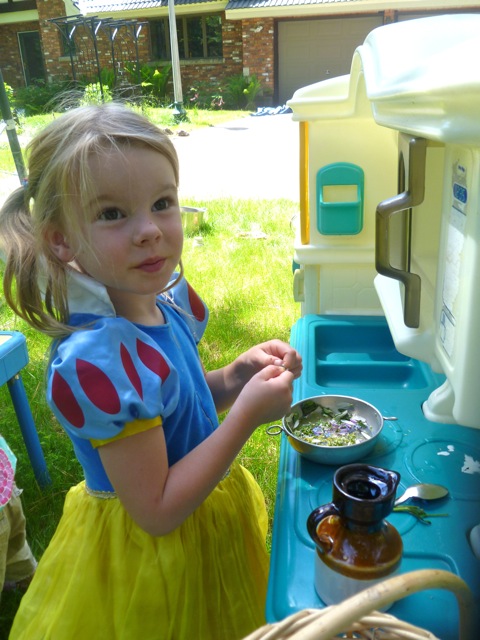
I’ve been conducting my own private survey among Moms, asking: “What toys do children really play with a lot?” Train sets? Well, yes maybe, but usually not the way they were intended.
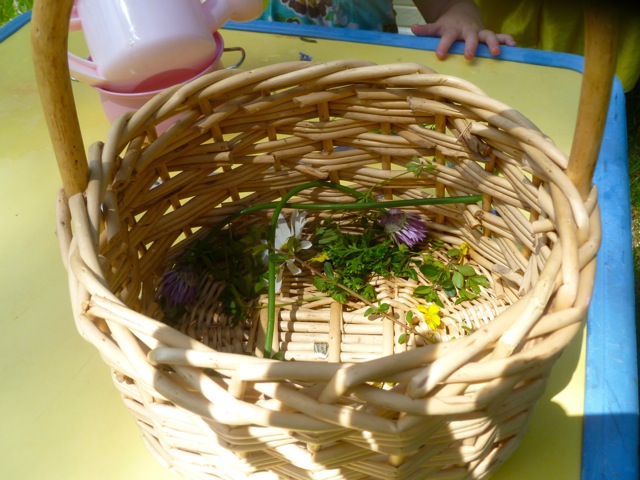
Read ideas from Vikki Valentine in her NPR article The Best Kind of Play for Kids.
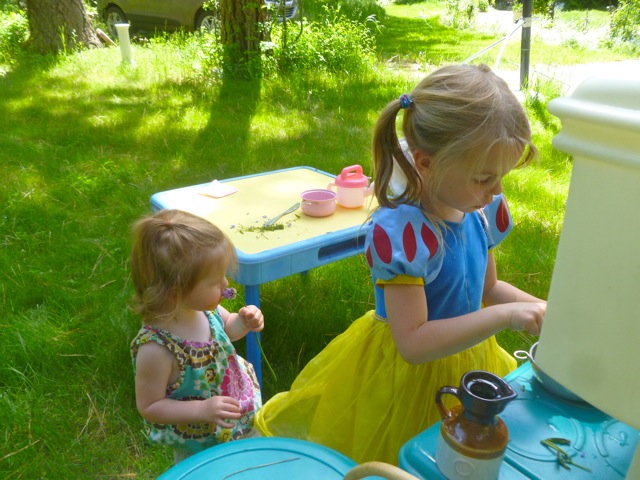
It wasn’t until 1955, according to Howard Chudacoff, a professor at Brown University, that almost overnight, children’s play switched from activities, to things—the toys themselves.
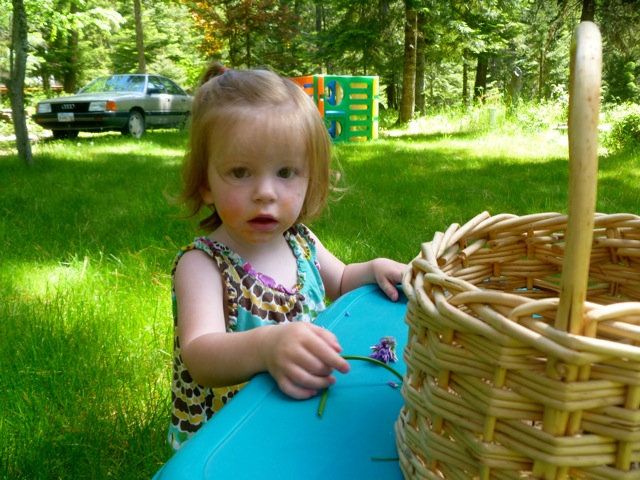
Does commercialization of children’s play actually shrink children’s imagination, as Chudacoff claimsin his 2008 book?
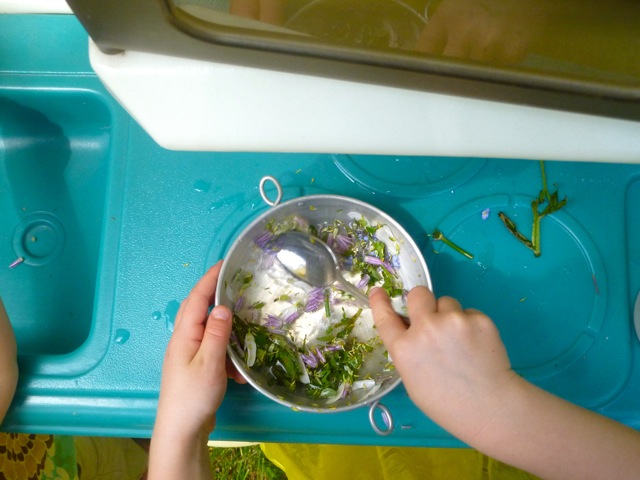
Of course safety is an issue now. Kids can’t go roaming through the neighborhood as when I was a kid. As preschoolers, ages 4 and 5, my brother and I were sent to the grocery store to pick up bread for lunch.

Flower soup and flower tea Alison Gopniksays that children are little scientists, and those who are better at pretending are better at thinking of different possibilities. Pretend play is under attack right now because of the onslaught of media and busyness. But pretend play is a crucial part of what makes us so smart. Don’t fear a bit of boredom initially. They will soon come up with ideas. Maybe your goal is to be raising the next Bill Gates.
Beth Weise
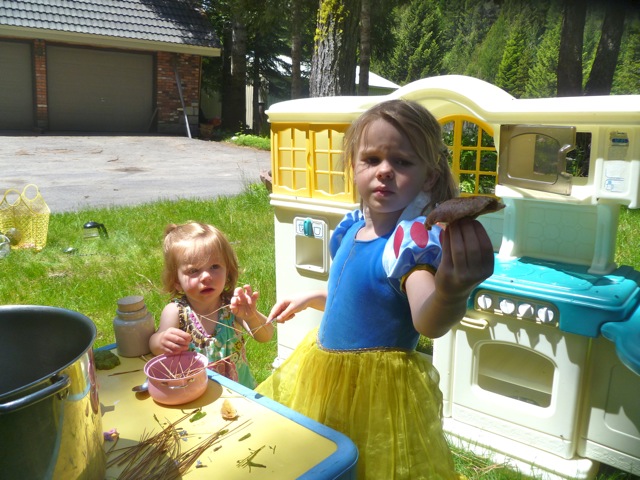
David Derbyshire chronicles how children have lost the right to roam in four generations. When George Thomas was eight he was allowed to walk six miles to his favorite fishing haunt without an adult, but his eight year old grandson Edwards is allowed no more than 300 yards from home. You can see the diminishing map here.

As a boy raised in the south, my husband left home as soon as he woke up in the summer, and was off to the swimming/fishing hole till dark.
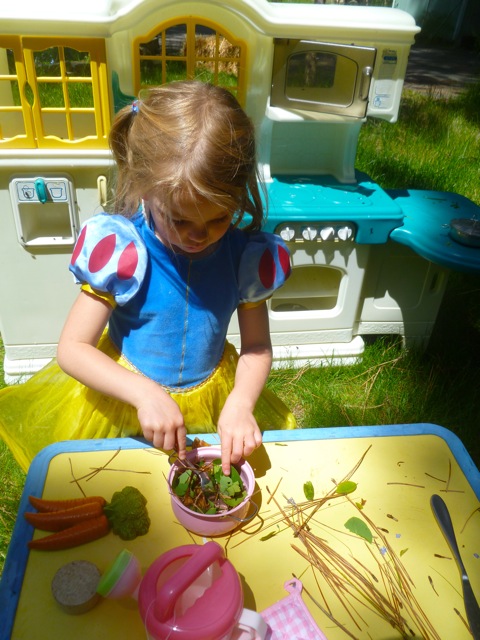
How can we best prepare them for the real world? it seems like from the first day of Kindergarten or even preschool, we’re getting them primed for that college entrance exam.